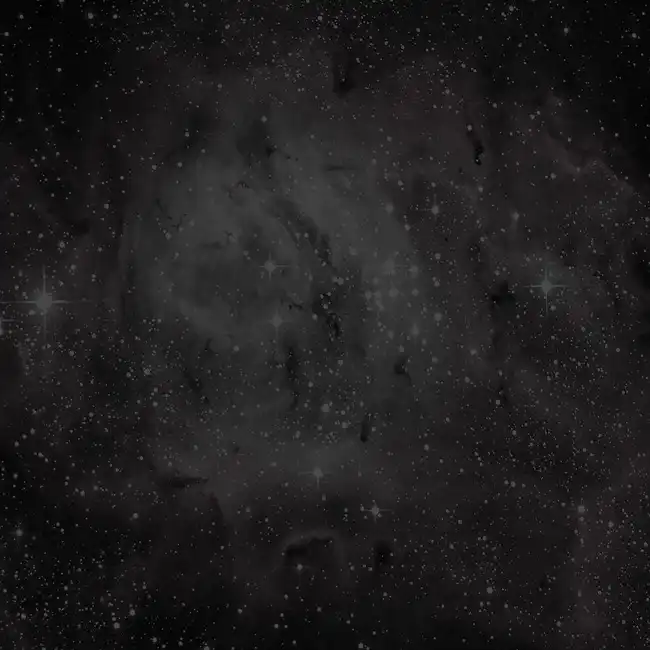Messier 8, also known as the Lagoon Nebula, is a vast interstellar cloud in the constellation Sagittarius. It is a prominent star-forming region approximately 4,100 light-years from Earth. The nebula is a dazzling sight, showcasing a bright core surrounded by intricate dust lanes and glowing gas. The Lagoon Nebula spans around 110 light-years in diameter, making it one of the largest star-forming regions visible in our galaxy. Within the nebula, young stars illuminate the gas, and the stellar winds shape the dust into stunning structures.
Magnitude and Visibility
Messier 8 has an apparent magnitude of +6.0, making it visible to the naked eye under dark skies. However, it truly shines when viewed with binoculars or a small telescope. The brighter core is easily discernible, and telescopes with higher magnifications can reveal the intricate details of the nebula's structure, including the bright cluster of stars known as NGC 6530 embedded within it.

Seasonal Visibility
The best time to observe Messier 8 is during the summer months, particularly from June to August, when the constellation Sagittarius is highest in the sky. During this season, the nebula is well-positioned for observation in the southern sky for observers in the Northern Hemisphere. It can be seen near the Milky Way, which also shines brightly during summer nights.
Constellation and Location
Messier 8 resides in the constellation Sagittarius, also known as the Archer. Sagittarius is rich in nebulae, star clusters, and other deep-sky objects due to its location in the direction of the Milky Way’s galactic center. The Lagoon Nebula is located near the "Teapot" asterism, which is a well-known pattern of stars in Sagittarius that resembles a teapot, complete with a handle and spout.
How to Find Messier 8
To locate Messier 8, begin by identifying the Sagittarius constellation in the southern sky. Look for the Teapot asterism, which is a key feature of the constellation. The Lagoon Nebula is located just above the spout of the Teapot. If you follow the line from the spout upward, you will come across this bright nebula. Start with binoculars or a low-power telescope to scan the area, and once you've located the bright core, switch to higher magnifications to reveal more details of the nebula's structure.
A star chart or an astronomy app can be helpful when trying to pinpoint the exact location of Messier 8 in the sky, especially for beginners.

History
Messier 8 was first cataloged by the French astronomer Guillaume Le Gentil in 1747. However, it was Charles Messier who officially added it to his famous catalog of deep-sky objects in 1764. Messier compiled his catalog to help comet hunters distinguish between permanent nebulae and comets. Since then, the Lagoon Nebula has been a favorite target for amateur astronomers and astrophotographers due to its brightness and beauty.
The nebula has been extensively studied by astronomers, particularly in understanding star formation. Within the Lagoon Nebula, regions of intense stellar activity can be observed, as new stars form from the collapsing clouds of gas and dust. The young stars in NGC 6530, the star cluster within the nebula, are among the brightest and hottest in the region.
Conclusion
Messier 8, the Lagoon Nebula, is a magnificent celestial object that offers a glimpse into the wonders of star formation. Easily visible in the summer sky within the constellation Sagittarius, it remains one of the most observed and photographed nebulae. With its rich history and remarkable visual appeal, Messier 8 continues to captivate astronomers and stargazers alike.
